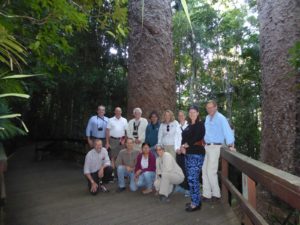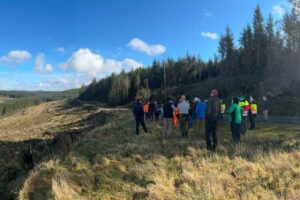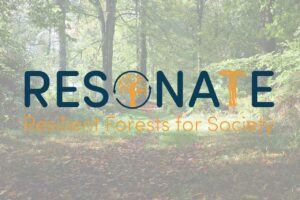Shireen Chambers FICFor, ICF Executive Director, reports on a meeting she attended in Australia of professional forestry associations.
Cairns, Australia August 2017.
Last month took me to Queensland, Australia for a meeting of professional forestry associations. Cairns in August (winter in Australia) was a lot more like summer than the real one in Edinburgh and made a great setting for our meeting.
The International Network of Professional Forestry Bodies (INPF) arose from side event meetings held at the World Forestry Congress in Argentina in 2009 and at the Commonwealth Forestry Conference in Edinburgh in June 2010 where participants expressed a desire for better links between professional forestry bodies. The Institute along with other key players from New Zealand, Canada and Australia continued to exchange knowledge but attempts to create a fully functioning international organisation foundered mainly on funding considerations.
Enthusiasm by the Institute of Foresters of Australia (IFA) to try again and physically meet on the back of their national conference was met with support from seven countries including Australia, New Zealand, UK, Indonesia, Jamaica, Vanuatu and Papua New Guinea.
The objectives of the network are:
- To facilitate greater communication between representative forestry bodies and knowledge exchange between members;
- To represent professional forestry in international affairs;
- To provide opportunities for forestry professionals, particularly those in small countries or isolated situations, to join professional forestry bodies in other countries;
- To assist the development of professional forestry bodies (both existing and new);
- To facilitate the raising of professional forestry standards;
- To seek mutual recognition between professional forestry bodies of registration schemes, standards and policies on a bilateral or multilateral basis.
It was a very positive meeting with all present realising that there is much to share. Issues of declining numbers in education, together with declining professional forestry knowledge in respective governments was discussed along with the potential to develop an international accreditation scheme and developing international student mobility/exchange opportunities for young foresters. We also looked at developing links to universities and research institutes around the world.
 Following the meeting I attended the IFA national conference on Tropical Forestry where many of the issues above were discussed with a larger audience. I last worked in Australia in summer 1983 while a student at Bangor University, and was delighted to reminisce with colleagues from New South Wales.
Following the meeting I attended the IFA national conference on Tropical Forestry where many of the issues above were discussed with a larger audience. I last worked in Australia in summer 1983 while a student at Bangor University, and was delighted to reminisce with colleagues from New South Wales.
Prior to the meeting I enjoyed a day field trip to the Atherton Table Lands looking at research projects on rainforests of the Wet Tropics, which are significant on a national and global level. The tour included a visit to the oldest rainforest research plot in the world, with recently re-measured silvicultural research plots established by the Queensland Department of Forestry in the 1950s that represent the longest period of growth measurements of rainforest anywhere in the world. Those of us who were not faint-hearted also climbed a 50 metre data collection tower, part of the Terrestrial Ecosystem Research Network (TERN) Supersite. This is one of ten around Australia collecting comprehensive ecosystem data to build regional- and continental-scale models.






